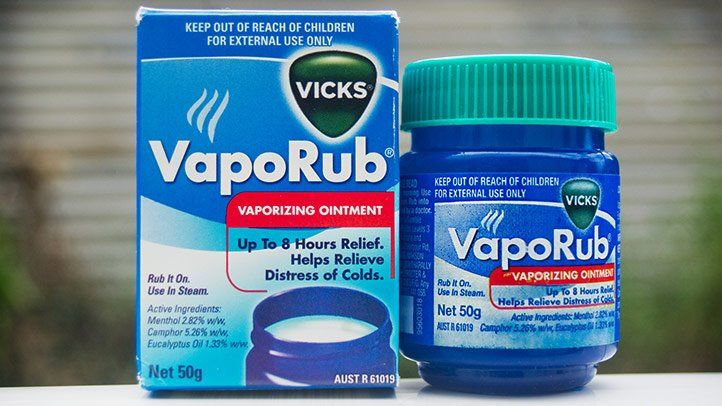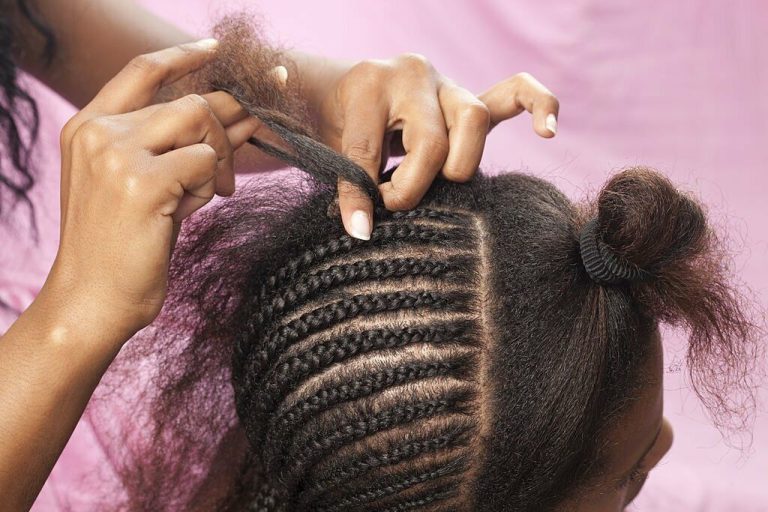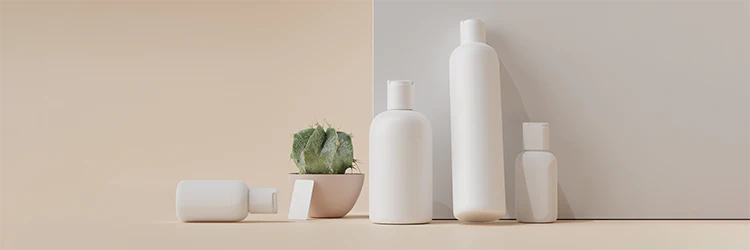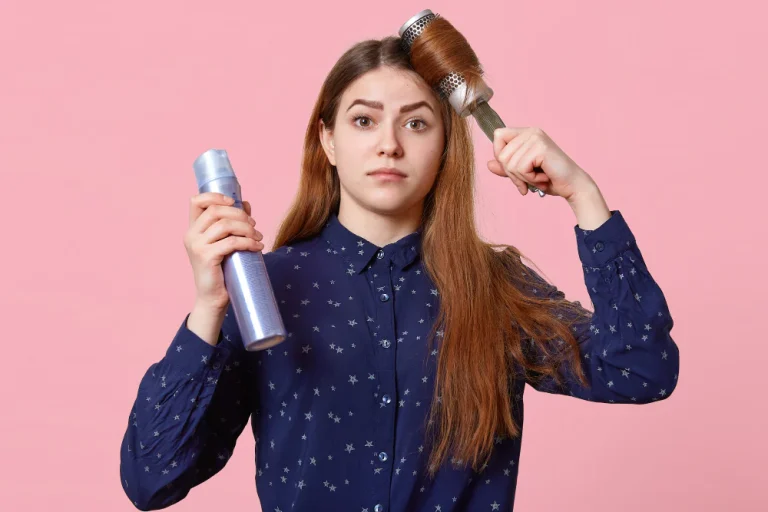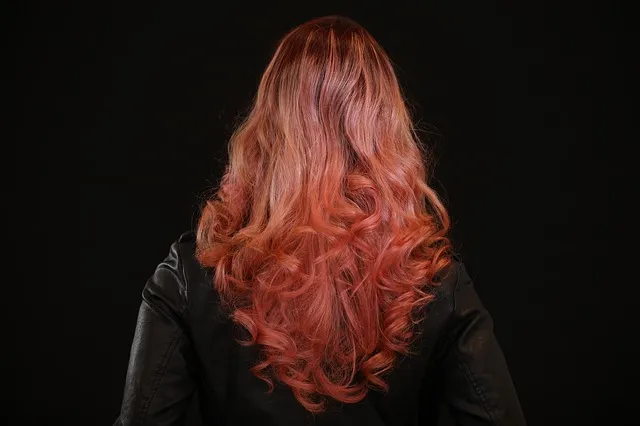How Long Does It Take for Hair to Dry?
Every individual who has ever washed their hair knows the struggle of waiting for it to dry.
So, how long does it take for hair to dry?
The process can be time-consuming, especially for those with long or thick hair. The desire to quicken the drying process is a common one, but it’s important to understand the factors that influence hair drying time and the impact of wet hair on the hair cuticle.
Why Does It Take a Long Time for Hair to Dry?
Contents
- Why Does It Take a Long Time for Hair to Dry?
- Factors Affecting Hair Drying Time
- Impact of Wet Hair on the Hair Cuticle
- How Long Does It Take for Hair to Dry Naturally?
- How Long Does It Take for Hair to Dry with a Hairdryer?
- The Damaging Effects of Towel Drying
- The Influence of Hair Porosity on Drying Time
- Hair Care Products That Speed Up Drying
- Quickening Hair Drying with Microfiber Towel
- Air Drying vs. Blow Drying
- Hair Plopping Technique and Its Benefits
- The Role of Hair Texture in Drying Time

The composition of the hair plays a significant role in the drying process. Keratin proteins make up the majority of hair, and the scalp produces sebum, a natural oil. Keratin proteins absorb water, which can prolong the drying process, while sebum can slow down the evaporation of water from the hair.
When hair is wet, the keratin proteins absorb water, causing the hair to swell and lengthening the drying time. Additionally, water can strip away some of the natural oils (sebum) from the hair, which can leave it vulnerable to damage. Maintaining a balance of moisture and natural oils is crucial for hair health.
Factors Affecting Hair Drying Time
Composition of Hair
The primary component of hair is keratin, a type of protein. Sebum, a naturally occurring oil that the scalp produces, is also crucial for healthy hair. Both keratin and sebum can affect the drying time of hair. Keratin proteins absorb water, which can prolong the drying process, while sebum can act as a barrier, slowing down the evaporation of water from the hair.
Type of Hair
The type of hair you have—its thickness and length—significantly impacts the drying time. Thicker and longer hair tends to take longer to dry because it holds more water. Conversely, thin and short hair dries faster due to less water retention.
Weather Conditions
Humidity, or the amount of moisture in the air, can also affect hair drying time. On humid days, hair can take longer to dry as the surrounding air is already saturated with moisture, making it harder for the water in your hair to evaporate.
Use of Heavy Shampoo
The type of shampoo you use can also influence drying time. Heavy shampoos that leave a residue can create a barrier that slows down the evaporation process. Using a lightweight, residue-free shampoo can help speed up drying time.
Impact of Wet Hair on the Hair Cuticle
When hair is wet, it absorbs water, causing the hair cuticle—the outer protective layer of the hair strand—to swell. This swelling can lead to a roughened cuticle surface, making the hair more susceptible to damage.
Wet hair is more vulnerable to damage and tangles. The swollen and roughened cuticle surface can lead to increased friction between hair strands, resulting in tangles and potential breakage. It’s crucial to handle wet hair with care to minimize damage.
To minimize damage when brushing or styling wet hair, use a wide-tooth comb or a brush designed for wet hair. These tools can help detangle hair gently, reducing the risk of breakage. Additionally, avoid using heat styling tools on wet hair, as they can cause significant damage to the cuticle. If you must use a hairdryer, use it on a low heat setting and keep it at a distance from your hair. Remember, the key to healthy hair is gentle care and patience.
How Long Does It Take for Hair to Dry Naturally?

The time it takes for hair to dry naturally can vary greatly depending on factors such as hair type and climate. Thick, long hair and humid climates can significantly increase drying time, while thin, short hair and dry climates can reduce it.
In most climates, the average drying time for medium-thickness, shoulder-length hair is about 2–3 hours. However, this is a rough estimate, and actual drying times can vary.
In humid climates or for individuals with thick or curly hair, the drying time can extend significantly. It’s not uncommon for thick, curly hair to take 5–6 hours or even longer to dry naturally. Understanding your hair type and the climate can help you manage your hair drying time more effectively.
How Long Does It Take for Hair to Dry with a Hairdryer?
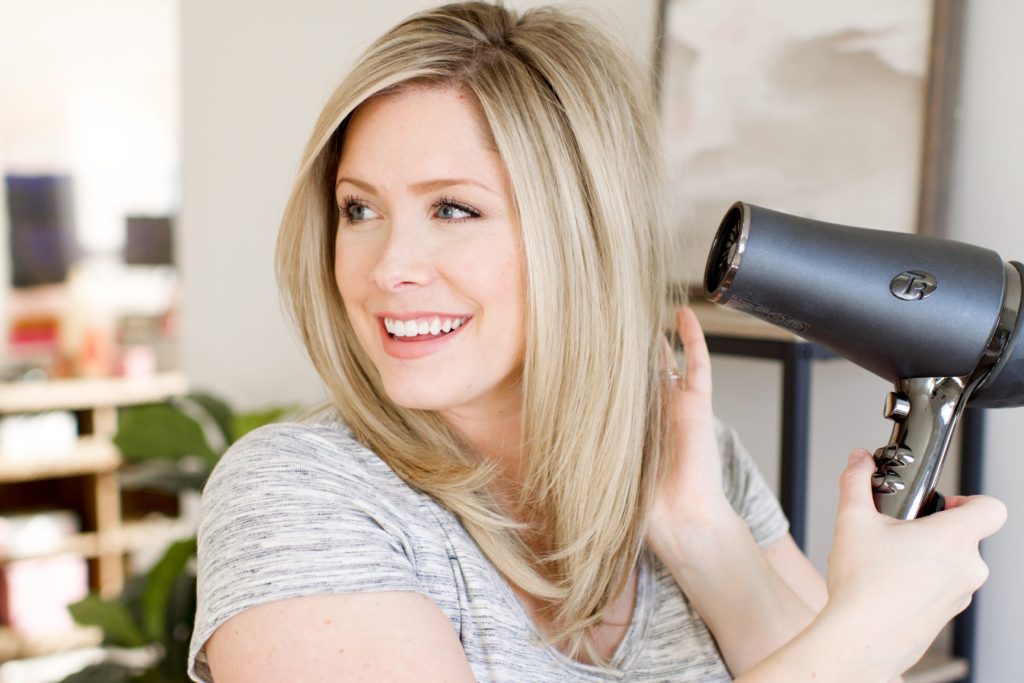
Using a hairdryer can significantly reduce the drying time. However, the exact time can vary based on hair type and length. Thin, short hair might dry in under 10 minutes with a hairdryer, while thick, long hair might take 30 minutes or more.
While hairdryers can speed up the drying process, they can also cause damage if used improperly. Excessive heat can cause the water in the hair to turn into steam, which can lead to hair breakage and split ends. It’s crucial to use a low-heat setting and avoid holding the dryer too close to the hair.
To reduce drying time and minimize damage, start by towel drying your hair gently to remove excess water. Then, use a hairdryer on a low heat setting, moving it continuously to avoid concentrating heat on one spot. Using a heat-protectant spray can also help minimize damage. Remember, the goal is not to completely dry the hair with the hairdryer but to remove most of the moisture so it can finish drying naturally.
The Damaging Effects of Towel Drying
Towel drying is a common practice after washing hair, but it can have damaging effects if not done correctly.
Rough towel drying can cause friction and irritation to the hair and scalp. This friction can lead to hair breakage, split ends, and even hair loss over time. The irritation can also cause the scalp to become dry and flaky, leading to dandruff. It’s important to remember that wet hair is more vulnerable to damage, so it’s crucial to handle it with care.
To minimize damage, it’s recommended to gently pat or blot the hair with the towel instead of rubbing it. Using a soft, absorbent towel can also help reduce friction. Additionally, try to avoid twisting or wringing the hair, as this can cause breakage.
The Influence of Hair Porosity on Drying Time
Hair porosity refers to the hair’s ability to absorb and retain moisture. It can significantly influence the drying time of your hair.
High-porosity hair has a higher capacity to absorb water, which means it can also release water more quickly, leading to faster drying times. On the other hand, low porosity hair has a lower capacity to absorb water, which means it retains moisture for longer and therefore takes longer to dry.
A simple test to determine hair porosity involves placing a strand of clean hair in a glass of water. If the hair sinks quickly, it’s high porosity. If it floats, it’s low porosity. This test can help you understand your hair’s needs and adjust your hair care routine accordingly.
Hair Care Products That Speed Up Drying
There are several hair care products available that can help speed up the drying process.
Leave-in conditioners, detangling sprays, and anti-frizz serums can all help reduce drying time. These products work by smoothing the hair cuticle, reducing friction, and improving the hair’s ability to release water.
Using these products can not only speed up drying time but also improve the health and appearance of your hair. They can help prevent damage, reduce frizz, and leave your hair looking shiny and smooth.
Quickening Hair Drying with Microfiber Towel
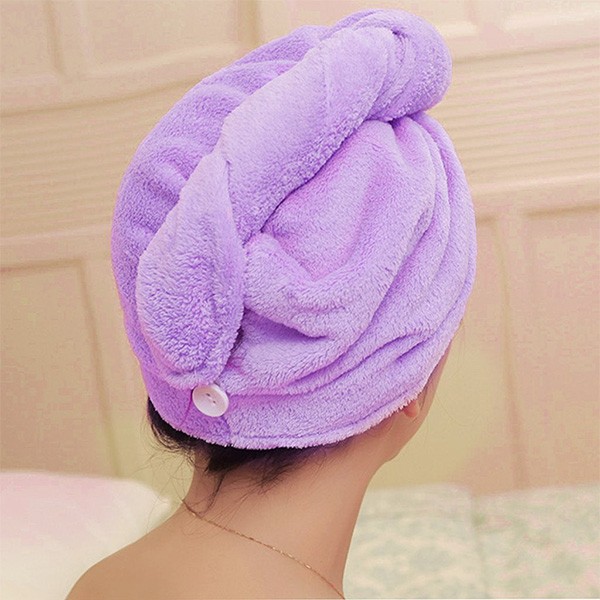
Hair wrapping is another effective method to speed up hair drying.
Microfiber towels are highly absorbent and can significantly reduce drying time. They are also gentle on the hair, lowering the possibility of friction-related damage.
To wrap your hair, start by gently blotting it with a microfiber towel. Then, place the towel at the nape of your neck and wrap it around your hair, twisting it as you go. Secure the towel at the top of your head and leave it on until your hair is partially dry. This method can help reduce drying time and leave your hair looking healthy and shiny.
Air Drying vs. Blow Drying
The debate between air drying and blow drying is a long-standing one in the world of hair care. Both methods have their pros and cons, and the choice often comes down to personal preference and hair type.
Air drying is often seen as the gentler, more natural option. However, some argue that allowing hair to stay wet for extended periods can lead to damage. This is because hair swells when it’s wet, which can put pressure on the proteins that keep hair healthy and strong. Despite this, air drying is generally considered less damaging than blow drying, especially when done correctly.
Blow drying, on the other hand, exposes hair to high heat, which can cause damage such as breakage, dryness, and frizz. The key to minimizing this damage is to use the right heat settings. Always use the lowest heat setting that effectively dries your hair, and keep the dryer moving to avoid concentrating heat on one area. Using a heat protectant product can also help shield your hair from damage.
Hair Plopping Technique and Its Benefits
Hair plopping is a technique that’s gained popularity in recent years, particularly among those with curly or wavy hair.
Hair plopping involves wrapping wet hair in a cotton t-shirt or microfiber towel to help it dry. The process starts by applying your usual hair products, then laying the t-shirt or towel flat and flipping your hair over onto it. The ends of the t-shirt or towel are then twisted and secured on top of the head.
Hair plopping is a gentle drying method that preserves natural curls and reduces frizz. Allowing hair to dry in its natural curl pattern, helps to enhance the definition of curls and waves. It’s a great option for those looking to minimize heat exposure and maintain the health of their hair.
The Role of Hair Texture in Drying Time
Hair texture plays a significant role in how long it takes for hair to dry.
Thicker and coarser hair types tend to take longer to dry due to their higher density. This means there’s more hair to dry, and the individual strands themselves may also hold more water.
Curly or wavy hair also tends to take longer to dry. The shape of the hair strand can trap moisture, making it harder for water to evaporate. This means that curly or wavy hair often requires more drying time. However, it’s important to be gentle when drying these hair types to avoid disrupting the natural curl pattern and causing frizz.

Founded by Sophia Rodriguez, IGXO Cosmetics is a PETA-certified, cruelty-free, and vegan makeup brand.
